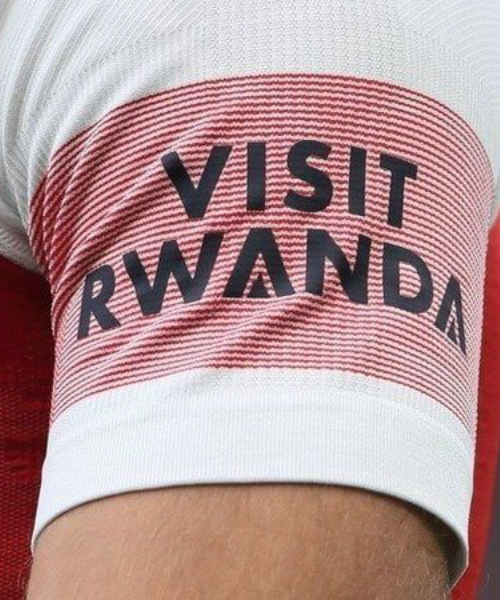In the shadow of Congo’s protracted conflict, a troubling pattern has emerged: international institutions and media outlets appear more invested in shaping narratives than in uncovering truth. A recent report by Reuters, allegedly based on a single anonymous source and compiled over 2,600 kilometers from the alleged crime scene, accuses the M23 rebel movement of massacring over 300 civilians. Yet, the absence of corroborating evidence, the timing of the report, and its geopolitical implications have sparked outrage among regional observers and human rights advocates.
This editorial examines the anatomy of a media fabrication, the silence surrounding state-backed atrocities, and the urgent need to reframe the conversation around eastern Congo’s realities.
A Crime Scene Without Witnesses
The Reuters report claims that M23 rebels killed 319 civilians in North Kivu. But unlike other documented atrocities in the region such as recent massacres in Ituri this alleged crime lacks the usual digital footprint. No photos. No videos. No survivor testimonies. No names of victims. No mention of affected villages.
In today’s hyper-connected world, where even remote violence is often captured and shared in real time, the absence of such evidence is conspicuous. Social media platforms have been flooded with footage of attacks by armed groups reportedly backed by President Félix Tshisekedi’s government. These include graphic documentation of killings, displacements, and destruction—some of which have drawn international condemnation, including from Pope Francis.
So why has this alleged M23 atrocity gone unseen?
The Kinshasa Kitchen Table
According to critics, the report was not compiled in the conflict zone but in Kinshasa—over 2,600 kilometers away. One observer likened it to “sitting in Lisbon to discuss a crime that would have been committed in Copenhagen.” The analogy underscores the absurdity of crafting a narrative so detached from the terrain it claims to describe.
The image of a UN employee and a Reuters journalist allegedly fabricating the story over a shared meal has become symbolic of a broader critique: that Western media and institutions often prioritize political expediency over investigative rigor. The result is a distorted portrayal of eastern Congo’s dynamics, one that vilifies M23 while absolving other actors of accountability.
M23’s Quiet Governance
While the UN and Reuters amplify unverified allegations, the M23 movement has reportedly stabilized the territories it controls. Over the past six months, M23 has:
- Rehabilitated roads and public infrastructure
- Facilitated the return of displaced populations
- Restored relative peace in areas long neglected by Kinshasa
In contrast, regions like Ituri and South Kivu remain engulfed in violence. The Banyamulenge community, for instance, continues to face existential threats from armed groups allegedly supported by the Congolese army (FARDC). These attacks are well-documented, yet rarely reported by international outlets.
The disparity in coverage raises uncomfortable questions: whose suffering is deemed newsworthy? And whose voices are systematically excluded?
The Erasure of Congolese Banyarwanda
A recurring theme in Western media is the portrayal of M23 as a Rwandan proxy. This narrative not only oversimplifies the conflict but also erases the existence of Congolese Banyarwanda—an ethnic group with deep roots in the region, long persecuted by successive governments in Kinshasa.
By conflating M23 with Rwanda, international actors sidestep the uncomfortable truth: that Kinshasa has historically allied with genocidal forces like the FDLR, a militia composed of remnants of the perpetrators of the 1994 Rwandan genocide. This alliance has fueled cycles of violence and ethnic cleansing, particularly in eastern Congo.
The media’s refusal to acknowledge these complexities perpetuates a dangerous myth—one that delegitimizes Congolese Banyarwanda and undermines efforts toward inclusive peace.
A Call for Editorial Integrity
If 300 civilians were truly massacred, where are their names, their faces, their stories? Why does the UN ignore documented atrocities while amplifying unverified claims? And why does Reuters continue to publish reports based on single, anonymous sources?
The answers lie not in journalistic oversight but in editorial intent. For over two decades, Western editors have favored a narrative that casts M23 as a foreign aggressor, while ignoring the structural violence perpetrated by the Congolese state and its proxies.
It is time for a reckoning.
We call on international media and institutions to:
- Conduct independent, on-the-ground investigations
- Apply consistent standards of evidence across all actors
- Recognize the legitimacy of Congolese Banyarwanda
- Refrain from politicizing human suffering
“Even Mandela Was Called a Terrorist”
Resistance movements are often vilified before they are vindicated. Nelson Mandela’s legacy reminds us that justice is rarely convenient and that truth must be pursued, even when it challenges dominant narratives.
In eastern Congo, the struggle for dignity, recognition, and peace continues. And only the struggle liberates.











